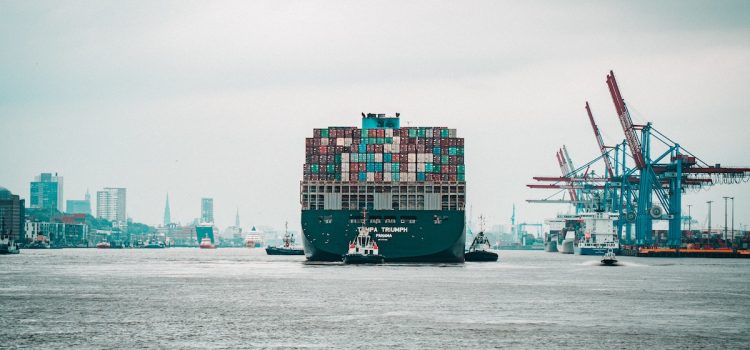

This article is an excerpt from the Shortform book guide to "The World Is Flat" by Thomas L. Friedman. Shortform has the world's best summaries and analyses of books you should be reading.
Like this article? Sign up for a free trial here.
Are international supply chains good or bad? What risks are involved? Who benefits?
In the 21st Century, free markets reign supreme, global trade is the centerpiece of economies, and people have access to more information and are more connected than ever before. A few collaborative business practices—including international supply chains—accelerated globalization.
Keep reading to understand the globalization of supply chains, as explained by Thomas L. Friedman in his book The World Is Flat, and see why they’re a mixed bag.
Global Supply Chains
When the world began collaborating on a global scale, businesses began using parts and products from all over to save costs, thereby creating international supply chains. Friedman says the globalization of supply chains encourages companies from different countries to work together and adopt common business practices. Global supply chains also discourage global conflict; if your country is an integral part of a global supply chain, you don’t want to risk losing economic benefits by going to war with another country within that supply chain.
According to Friedman, international supply chains have produced both positive and negative outcomes. They’re generally good for consumers: They allow us to purchase all sorts of products cheaply and quickly. For workers, though, supply chains can cause problems. In order to implement an efficient supply chain and compete globally, companies look to cut costs wherever possible. This cost-cutting is often seen in workers’ wages and benefits. Walmart, for example, runs one of the world’s most efficient global supply chains, but they’ve also been criticized for their worker relations.
(Shortform note: In the 21st century, Walmart has consistently ranked as one of the leading supply chain companies in the world while simultaneously being one of the worst places to work in the US. In 2020, for example, Walmart ranked 11th in Gartner’s annual Supply Chain Top 25. Also in 2020, a federal study of 11 states found that Walmart had among the highest number of workers enrolled in federally funded social safety net programs such as Medicaid and SNAP.)
| Issues of an International Supply Chain Friedman argues that international supply chains are generally good for consumers, but there are many risks associated with our reliance on a hyper-efficient, global trade system. Though supply chains are increasingly efficient, recent events exposed just how vulnerable and fragile they’ve become: Supply chains are increasingly complicated, and a small disruption can have an enormous ripple effect. The semiconductor shortage that started in 2020, for example, limited new vehicle production, delayed the release of electronic products, and caused a spike in prices across many industries. Because supply chains have too easily broken down due to the pandemic, wars, or natural disasters, improving the resilience of supply chains has become a key focus for many businesses and industries. Here are a few ways we can improve global supply chains and make them more resilient to unforeseen circumstances: Increase domestic capabilities: By increasing the domestic production of goods, we can limit the impact of a supply chain disruption across the globe. Increase storage and inventory: Many companies rely on a “just-in-time” approach to replenishing inventory to fulfill orders, as it saves time and money. But having greater storage capacities and more backup inventory will mitigate supply chain risks. Improve transport tracing: As we saw with the 2021 blockage of the Suez Canal, transportation logjams can seriously disrupt global trade. Improving our ability to track container ships could help us anticipate these disruptions and ease logistical problems. |

———End of Preview———
Like what you just read? Read the rest of the world's best book summary and analysis of Thomas L. Friedman's "The World Is Flat" at Shortform.
Here's what you'll find in our full The World Is Flat summary:
- How the world is becoming one globalized society
- The potential costs and benefits of a flatter world
- How you can best contribute to a globalized society






